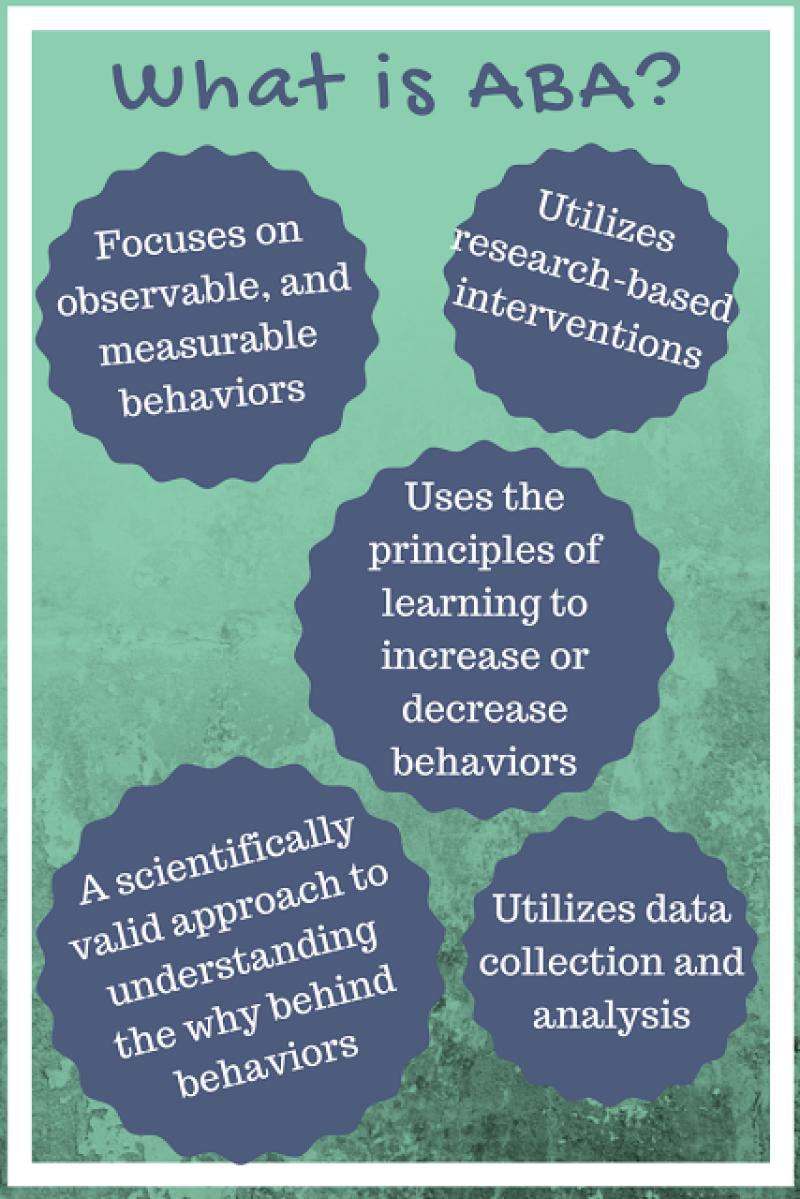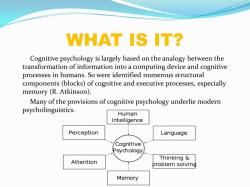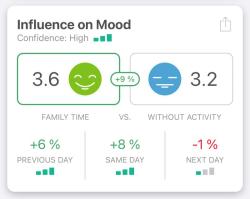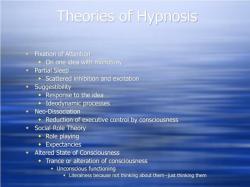What are the principles of ABA?
Applied Behavior Analysis (ABA) is a therapeutic approach that focuses on understanding and improving behaviors. It is commonly used in various settings, including education, healthcare, and autism treatment. ABA is based on the principles of behaviorism, and its techniques are derived from these principles. Here are the key principles of Applied Behavior Analysis:
Behavioral Assessment:
- ABA begins with a thorough assessment of the individual's behavior, skills, and the environment in which the behavior occurs. This assessment helps in identifying the factors influencing behavior and guides the development of effective interventions.
Behavioral Measurement:
- ABA emphasizes the importance of measuring behavior in a way that is observable, measurable, and quantifiable. This involves defining target behaviors and collecting data to track changes in behavior over time.
Baseline Data:
- Before implementing any intervention, baseline data is collected to understand the current frequency, intensity, and duration of the target behavior. This baseline provides a benchmark against which progress can be measured.
Functional Assessment:
- A functional assessment is conducted to determine the purpose or function of a behavior. ABA practitioners seek to understand why a behavior occurs in a particular context, which helps in developing interventions that address the root causes.
Antecedent-Behavior-Consequence (ABC) Analysis:
- The ABC analysis is a tool used to understand the events or stimuli that precede (antecedent), the behavior itself, and the events or stimuli that follow the behavior (consequence). Analyzing these components helps in identifying patterns and making informed interventions.
Reinforcement:
- ABA utilizes the principle of reinforcement to increase the likelihood of a desired behavior occurring again. Positive reinforcement involves providing a reward or positive consequence when the target behavior occurs, while negative reinforcement involves removing an aversive stimulus.
Punishment:
- ABA uses punishment cautiously and only when necessary. Punishment involves the presentation of an aversive stimulus or the removal of a positive one to decrease the likelihood of an unwanted behavior. The focus is on using reinforcement strategies whenever possible.
Prompting and Fading:
- Prompting involves providing additional cues or assistance to help an individual perform a desired behavior. Over time, prompts are gradually faded to encourage independence.
Generalization:
- ABA seeks to promote generalization, which means that the individual should be able to apply learned skills across different settings, people, and situations. This helps ensure that the individual can use the skills in various real-life contexts.
Task Analysis:
- Task analysis involves breaking down complex skills into smaller, manageable steps. This helps in teaching and reinforcing each step individually, leading to the acquisition of the overall skill.
Chaining:
- Chaining involves teaching a sequence of behaviors in a step-by-step manner. Forward chaining starts with the first step, while backward chaining starts with the last step.
Discrete Trial Training (DTT):
- DTT is a structured ABA teaching method that involves breaking down skills into small, discrete trials. Each trial has a clear beginning, middle, and end, with a specific response from the learner.
These principles are applied in a systematic and individualized manner, with interventions tailored to the unique needs of each person. ABA is widely used to address a range of behaviors, including those associated with autism spectrum disorder and other developmental challenges.
Sure, here is a summary of Applied Behavior Analysis (ABA), positive reinforcement and negative reinforcement, and antecedent and consequent manipulations:
Applied Behavior Analysis (ABA)
Applied Behavior Analysis (ABA) is a scientific discipline that focuses on understanding, predicting, and modifying human behavior. ABA is based on the principle that all behavior is influenced by its environment. ABA practitioners use a variety of techniques to change behavior, including:
- Positive reinforcement: Adding something desirable to the environment to increase the likelihood of a behavior occurring. For example, a child might receive a sticker for completing their homework.
- Negative reinforcement: Removing something undesirable from the environment to increase the likelihood of a behavior occurring. For example, a child might be allowed to leave the classroom early if they finish their work early.
- Punishment: Adding something undesirable to the environment to decrease the likelihood of a behavior occurring. For example, a child might receive a time-out for hitting another child.
- Extinction: Removing something desirable from the environment to decrease the likelihood of a behavior occurring. For example, a child might not receive attention for whining.
ABA is a powerful tool that can be used to improve a wide range of behaviors, including:
- Communication skills: ABA can be used to teach children with autism spectrum disorder (ASD) how to communicate effectively.
- Social skills: ABA can be used to teach children with ASD how to interact with others in a positive way.
- Academic skills: ABA can be used to help children with learning disabilities improve their academic skills.
- Challenging behaviors: ABA can be used to reduce challenging behaviors, such as tantrums and aggression.
Positive reinforcement and negative reinforcement
Positive reinforcement and negative reinforcement are two key principles of ABA.
- Positive reinforcement involves adding something desirable to the environment to increase the likelihood of a behavior occurring. For example, a child might receive a sticker for completing their homework.
- Negative reinforcement involves removing something undesirable from the environment to increase the likelihood of a behavior occurring. For example, a child might be allowed to leave the classroom early if they finish their work early.
Both positive reinforcement and negative reinforcement can be effective in promoting desired behaviors. However, positive reinforcement is generally considered to be more effective and less likely to lead to negative side effects.
Antecedent and consequent manipulations
Antecedent and consequent manipulations are two strategies used in ABA to influence behavior.
- Antecedent manipulations involve changing the environment before a behavior occurs to make the behavior more likely to happen. For example, a teacher might provide a student with a quiet workspace to help them focus on their work.
- Consequent manipulations involve changing the environment after a behavior occurs to make the behavior more or less likely to happen in the future. For example, a teacher might praise a student for completing their work to increase the likelihood of them completing their work in the future.
Antecedent and consequent manipulations can be used to promote a wide range of behaviors. For example, antecedent manipulations can be used to help children with ASD learn to stay in their seats during class, and consequent manipulations can be used to help children with ADHD learn to complete their homework assignments.
I hope this summary is helpful. Please let me know if you have any other questions.













